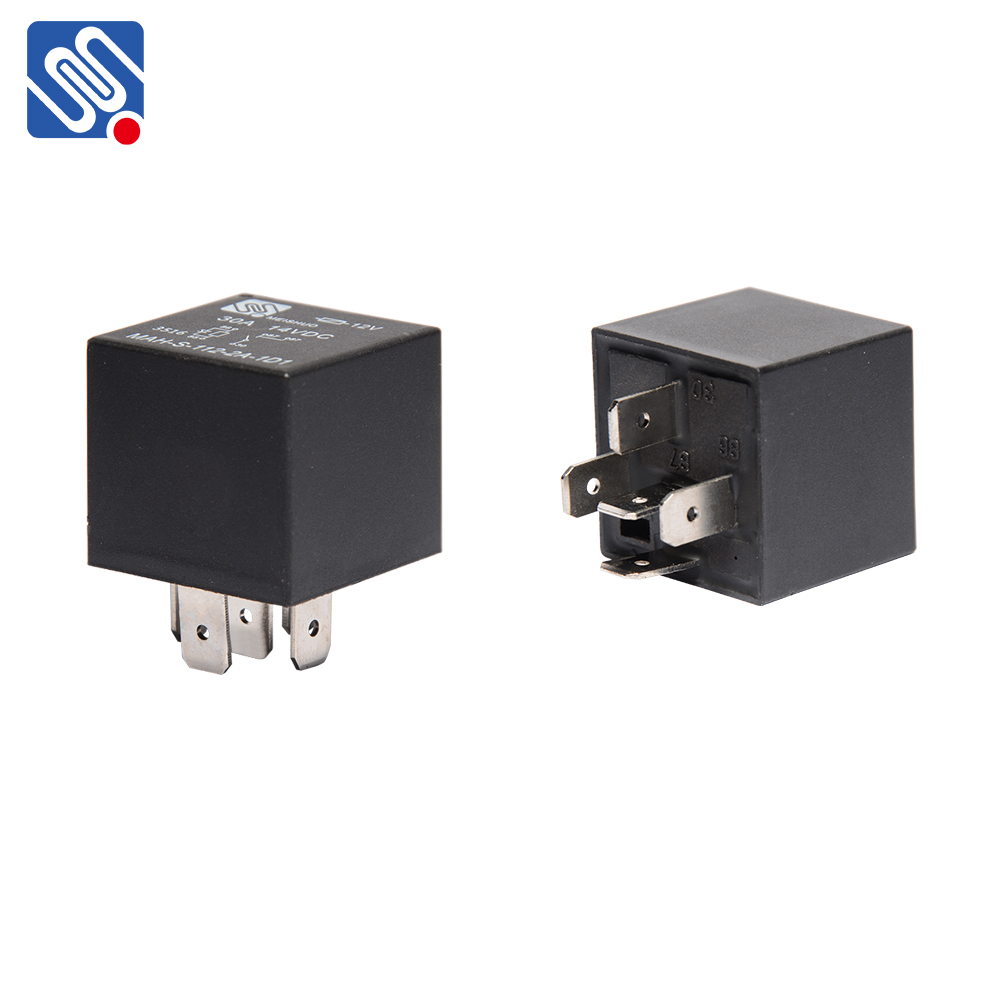Automotive relays play a critical role in the functioning of modern vehicles, yet they are often overlooked in everyday discussions about car components. These small, yet powerful devices act as the intermediary between the low-voltage electrical systems in a car and the high-power electrical components that keep the vehicle running smoothly. In this article, we will explore the importance, types, and working principle of automotive relays, highlighting their significance in ensuring the proper operation of various automotive systems.

What is an Automotive Relay? An automotive relay is an electrically operated switch that allows a low current to control the switching of a higher current to operate various electrical components in a vehicle. Essentially, it acts as a control device that helps in managing electrical circuits without the need for direct human intervention. Relays are designed to handle high-power applications, and they prevent the main circuit from being overloaded or damaged by excessive current. In modern automobiles, relays are responsible for controlling a wide range of essential functions, such as headlights, fuel pumps, air conditioning systems, and even the engine control unit (ECU). The ability of a small electrical signal to control large devices is one of the primary reasons relays are so widely used in automotive systems.